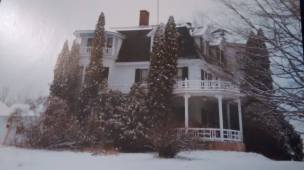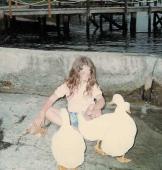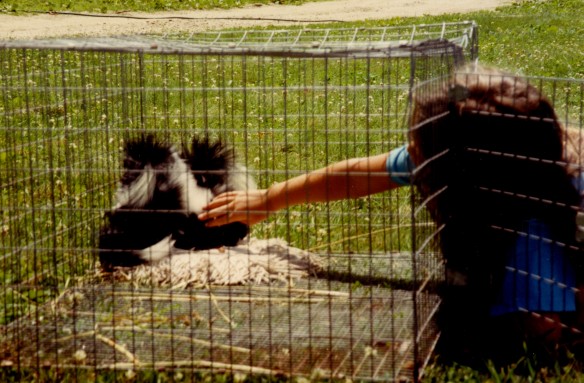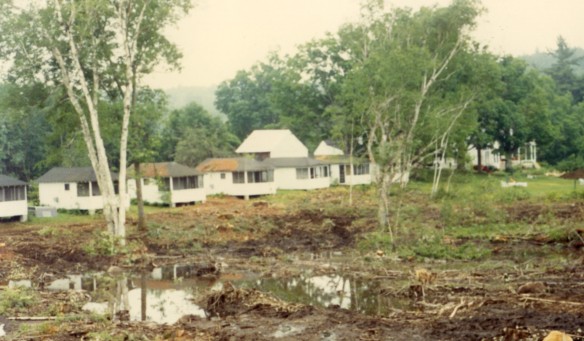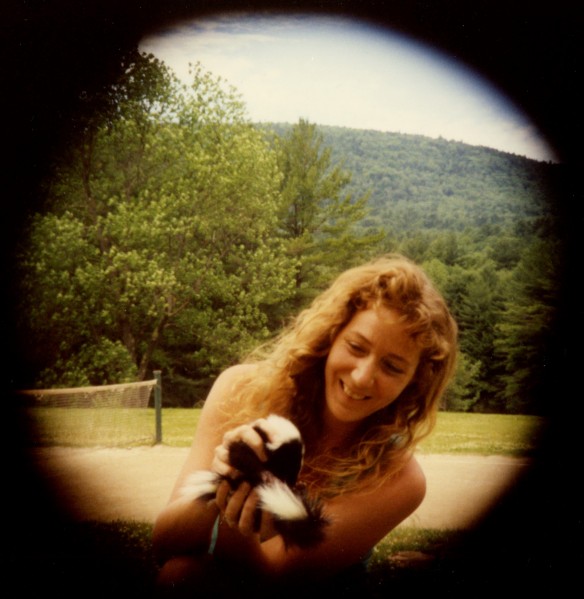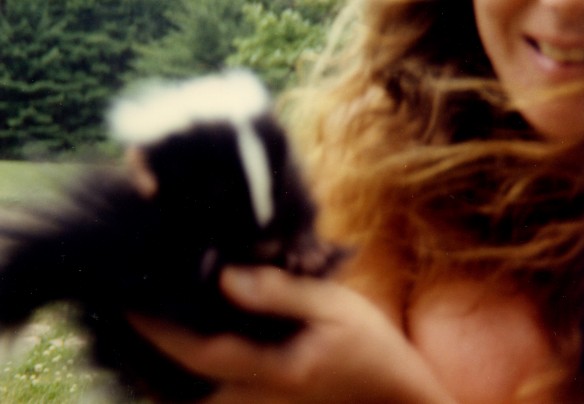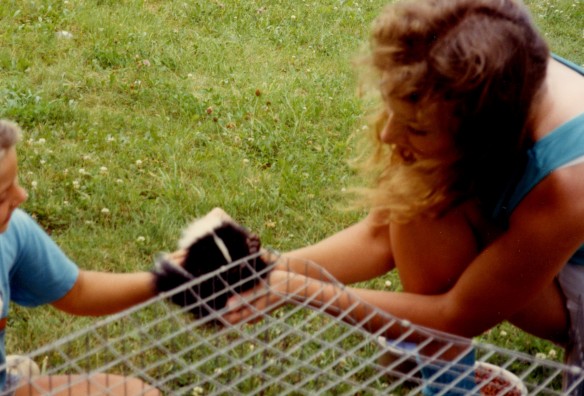My first nature and artistry loves were birds. Horses were a passion of mine, too, as any little girl will tell you, but the aviary world held a particular charm for me. Birds were beautiful, colorful, delicate, and wild, with the added wonder of wings. How I envied them their ability to soar, and their freedom to take flight.
Even when I was a preschooler I paid special attention to the seagulls winging there way above the beach on the California coast, the white pigeons that rudely dropped birdy bombs on me at the Hawaiian zoo, the stately New England turkey called Emma, and the sweet, tiny sparrow that my Mom raised by hand with a straw and a box of Muesli cereal. When my Dad went on a business trip to California that winter, he returned with a pair of beautiful cloth macaws that balanced on a wooden perch held up by a triangle of string, and that had wings that could flap. My sister received the red macaw and I and blue one that I think I named Martha. Birds were just interesting creatures.
A new year had begun at our New England manor. The abundance of cheer that had come with a houseful of cousins, aunts, uncles, and family for the holidays had faded out with the onset of deep winter and a return to the projects of every day life. Mom and Dad were in the thick of trying to keep an old rickety mansion warm, two little girls contained, and unravel the bedlam of our transplanted California things in the midst of stacks of Victorian furniture, all while beginning the work of house restoration in earnest.
Outside it was cold and bleak, everything in shades of white and gray and black even when the sun was shining. It was beautiful, but not conducive to renovation projects such as roofs, shingles, and rickety window shutters. The team they had assembled included a number of carpenters and friends in the new England area, as well as others who soon became part of the family as well. Two uncles, a couple of old friends, and a few others came and went as they set to work with a will despite the snow and the deep winter cold. There were windows and balconies galore, and they crept about on ledges and on ladders as they made progress on replacing windows and shutters and various other outer house repairs. Inside they worked plumbing and heating, flooring and wiring, and all the things that might be done to make the future guest rooms comfortable and address the herculean task of adding a dozen bathrooms for the use of future guests.
As a little girl not yet fully initiated into first grade, a was a little adrift in all the bustle. With all the moving and renovating, we were taking a little break on the school front, and my little sister kept my Mom busy at all times even when she wasn’t directly involved in working on rooms in the house. Whether I was underfoot or not I don’t recall, but happily for me I really didn’t mind being left to myself. My imagination kept me company, and other than my parents and my sister, my inner world tended to trump whatever was going on in the outer one. And in this enormous new house there was more to explore in one place than I had ever imagined.
I wasn’t allowed everywhere on my own, but the Great Hall on the ground floor was the first set of rooms that we entered from the living quarters side of the manor and within my everyday reach. It encompassed half of the entire first floor and some 2,000 square feet of wood floors, enormous, glistening windows, and two large fireplaces. And in that hall was where all extra furniture and boxes had been temporarily stored from both our move and all the old furniture pieces that came with the house, stacked together willy-nilly along the window side of the room.
It was like a furniture jungle to me, with ever so many paths beneath and between to discover. I crept under chairs, behind desks, over tables, and around boxes with 5-year-old excitement, seeking out the best places to hide and to play.
Our new kitties loved it, too, and being yearling rescues they were still pretty shy and prone to ducking into small places for safety. They would find a quiet, warm place to be cozy and unbothered by eager girls and relax for a nice hidden nap. Finding a soft kitty sleeping in the sun was always an added bonus to my trailblazing, and as long as I was calm, they didn’t seem to mind me too much.
When I tired of creeping and climbing, I loved to settle with my art collection in a spot of sunshine near one of the tables, just beside the windows that looked out on the wintry world. Avidly I watched the birds come and go beside the driveway: bright bits of beauty darting and swooping, pecking and calling in the gray outdoors. Bright blue jays and dark crows, crimson cardinals and cheery chickadees, and the seed-seeking antics of goldfinches drifting like sunshine between the stalks of dried grasses that lined the driveway.
I had plenty of colored pencils and crayons at hand, as children tend to have, but also a beautifully illustrated Audubon North American Field Guide for birds. I loved that little book and paged through it nearly cover to cover as I admired the many variations of birds in our North American sector and absorbed the details of each iteration of feather, color, beak, and wingspan. Within those pages I learned that the females were usually the more camouflaged of each species, and came across kinds that lived far from me: hawks, seagulls, owls, red-winged black birds, and the fascinating scarlet tanager.
Pencil in hand and illustrations in mind, I did my very best to commit their beauties to paper. The dark, bright eyes, triangular beaks, that special line that would just suit the beak-to-eye ratio, the slope of head to wings, the angle of the tail between wingtips, or the perfect balance between the feathered body and the wings outstretched. Colors and feathering and tiny curled claws. I paid so much attention to each individual birth that I felt like a true artist, and I can still feel the swoop beneath my fingers. I’m sure they ultimately came out as simply the colorful sketches of a five year old, but to me they were serious labors of beauty. I applied what I learned in those books to our Thanksgiving “Thankful Turkeys,” too, and spent a lot of time imagining how I was sketch and then carve wild ducks and birds when I was older; I was certain they would be something I could sell.
But for the moment, what I loved to do with my little bird drawings was to intricate cut them out and preserve them in a little box, carefully laid by for future perusal. I probably got this idea from watching the movie National Velvet, where a little box of paper horse and jockey drawings was brought out, and stories were told with each one. I drew horses for this same purpose, as they were also drawing obsessions of mine.
Making a little collection of drawings of my own brought me joy, and I was never at a loss for something to do in my jumbled furniture fort. It really was the perfect winter activity for an aspiring nature lover, and I am sure kept me out of trouble elsewhere in the bustling house. When spring came at last, I took to wandering the new property, taking my avid bird-watching out of doors.
